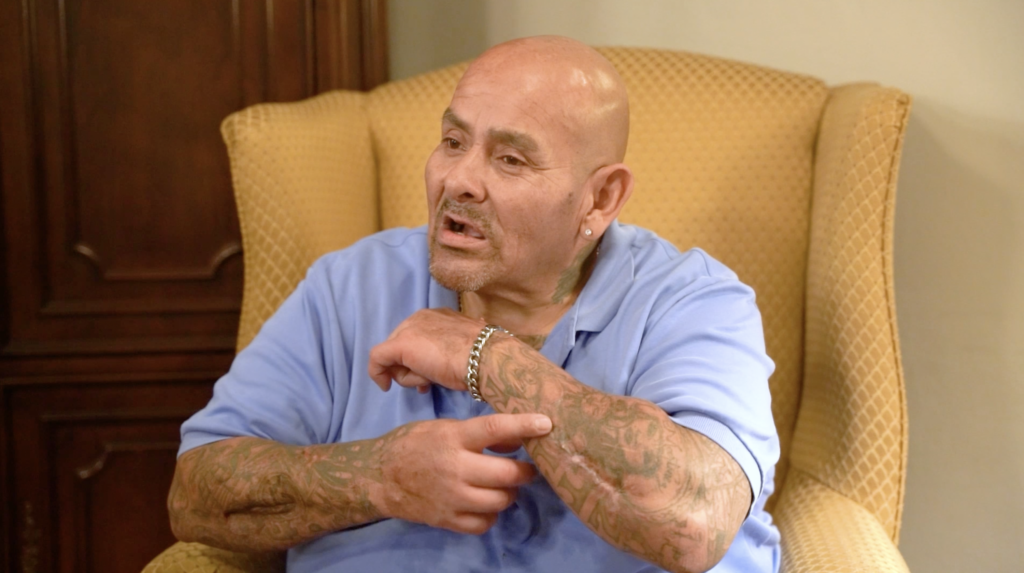Health Screeners: Documenting Medical Issues through Digital Media
Guillermina Zabala Suárez / University of Texas at San Antonio
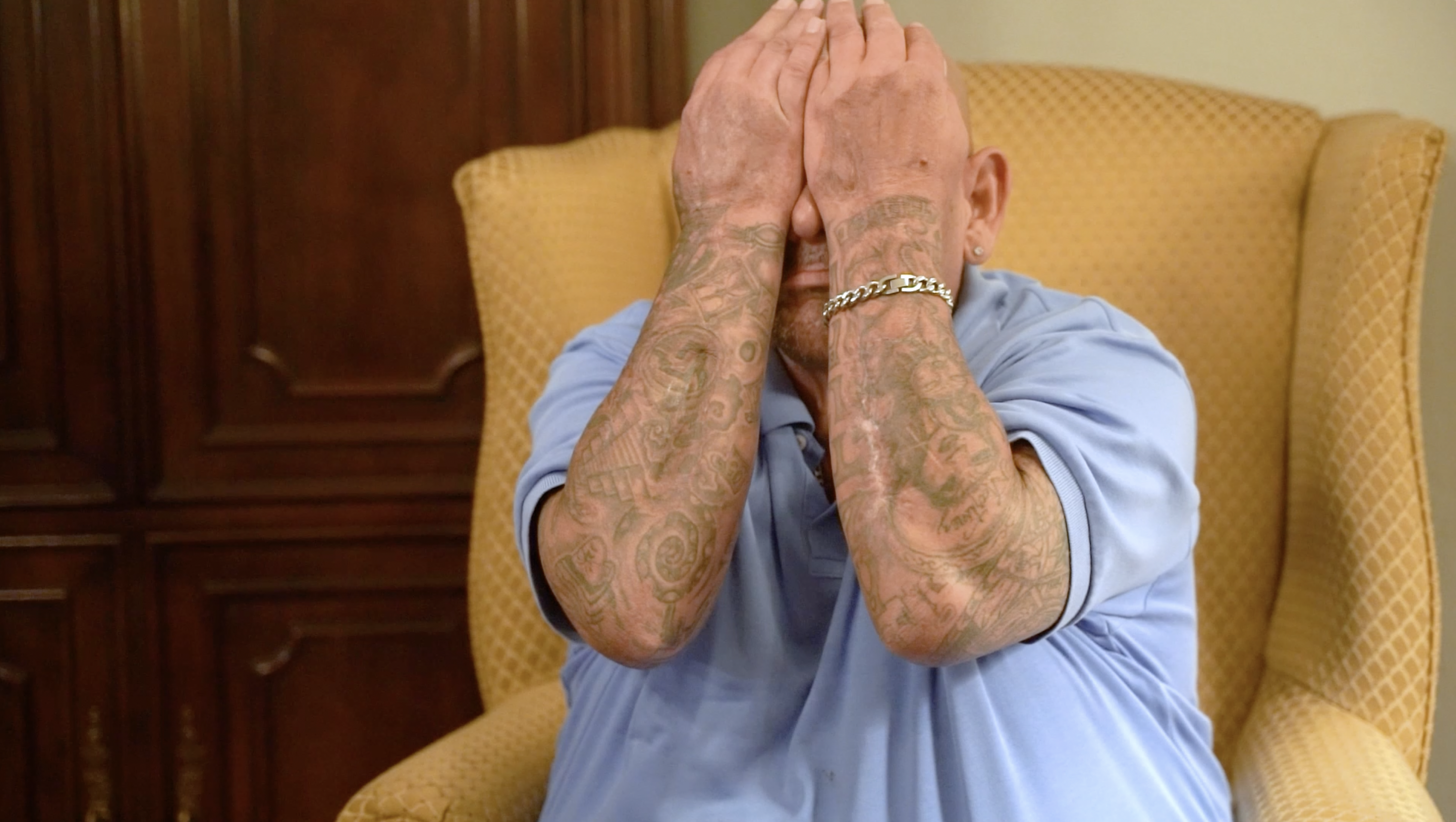
The Emmy-winning TV show The Pitt presents a new approach to medical dramas. Yes, it is entertaining, like dramas or dramedies seen in the past, but its level of realism and rawness is rarely seen on TV, even among medical series. One of the creatives behind The Pitt is actor/producer Noah Wyle, who was the face of the popular ER back in the late 90s. It’s hard to believe that the same individual who was behind the highly dramatized ER – with episodes that were often detached from the real world of medics – is now behind The Pitt with a completely different take on the gritty reality of suburban hospitals.

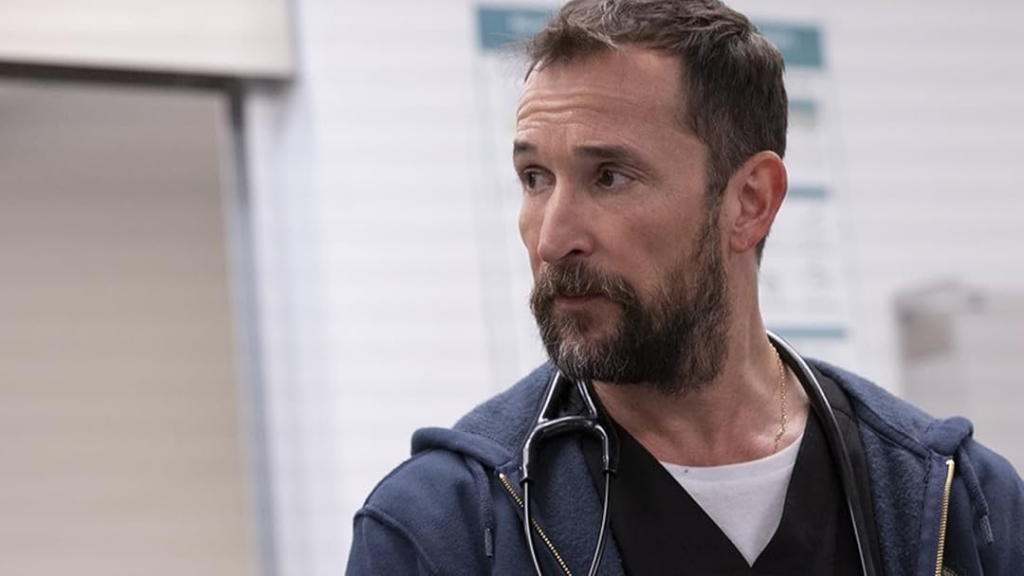
These media nuances between fiction and reality are some of the topics covered in the undergraduate course Film and Medicine, which I teach at The University of Texas at San Antonio (UT San Antonio). This course, which started as a one-time cross-disciplinary experiment, has evolved—from spring 2023 to present—into a required course for the minor Media and Medicine. Undergraduate students from both Medical Humanities and Film and Media Studies programs have the opportunity to embark on a semester-long interdisciplinary experience in which they learn how to analyze media critically, be familiar with the documentary structure, and produce shorts exploring relevant health issues.
The question that keeps coming back each semester and has become the hypothesis of my ongoing research is: Can digital media become a device to create awareness of health issues in our communities?
The semester starts with a compare-and-contrast exercise in which students watch various pieces of media from different sources and analyze how accurately the world of medicine is being portrayed. How close to reality a fictionalized scene in a medical drama is? Is that documentary sequence being manipulated to tell a specific message? And, what documentary modes are the closest to capturing “reality?”
According to film scholar Bill Nichols [1 ], there are six documentary theories or modes, which filmmakers nowadays mix and match depending on their stories and creative liberties. In my opinion, observational—“direct engagement with the everyday life of subjects as observed by an unobtrusive camera”—is the closest to raw, untouched, non-manipulated approach to documentaries, while expository, which “emphasizes verbal commentary and an argumentative logic,” which is the most popular mode, is the approach in which the filmmaker has the most control over the narrative while staying true to the story. The remaining four explore a range of viewpoints and aesthetics: participatory, performative, reflexive, and poetic.
Students are asked to analyze media utilizing these theories as a reference and later, when working in their productions, students turn their analytical eyes around by placing themselves in the director’s chair. At that point they need to decide what mode fits best to tell their stories.
The compare-and-contrast exercise starts with the viewing of an excerpt of season 2/episode 18 of ER [2 ] This episode shows doctor Mark Green (played by Anthony Edwards) and medical assistant John Carter (played by Noah Wyle) leading a group of health workers whose immediate main task is to decompress an overcrowded emergency waiting room. What’s next could be described as a group of “saviors” walking through a “war zone” practicing whatever it takes—but clearly no medicine—to provide patients with a temporary relief from their suffering.
As a sharp contrast to this over-the-top dramatization of an emergency room, students watch Peter Nick’s documentary The Waiting Room (2012) [3 ], which is centered at a public hospital in Oakland, California. The opening scene presents a similar scenario—a crowded waiting room—but the story is now told from the patients’ POV as they navigate their nerve-wrecking waiting.
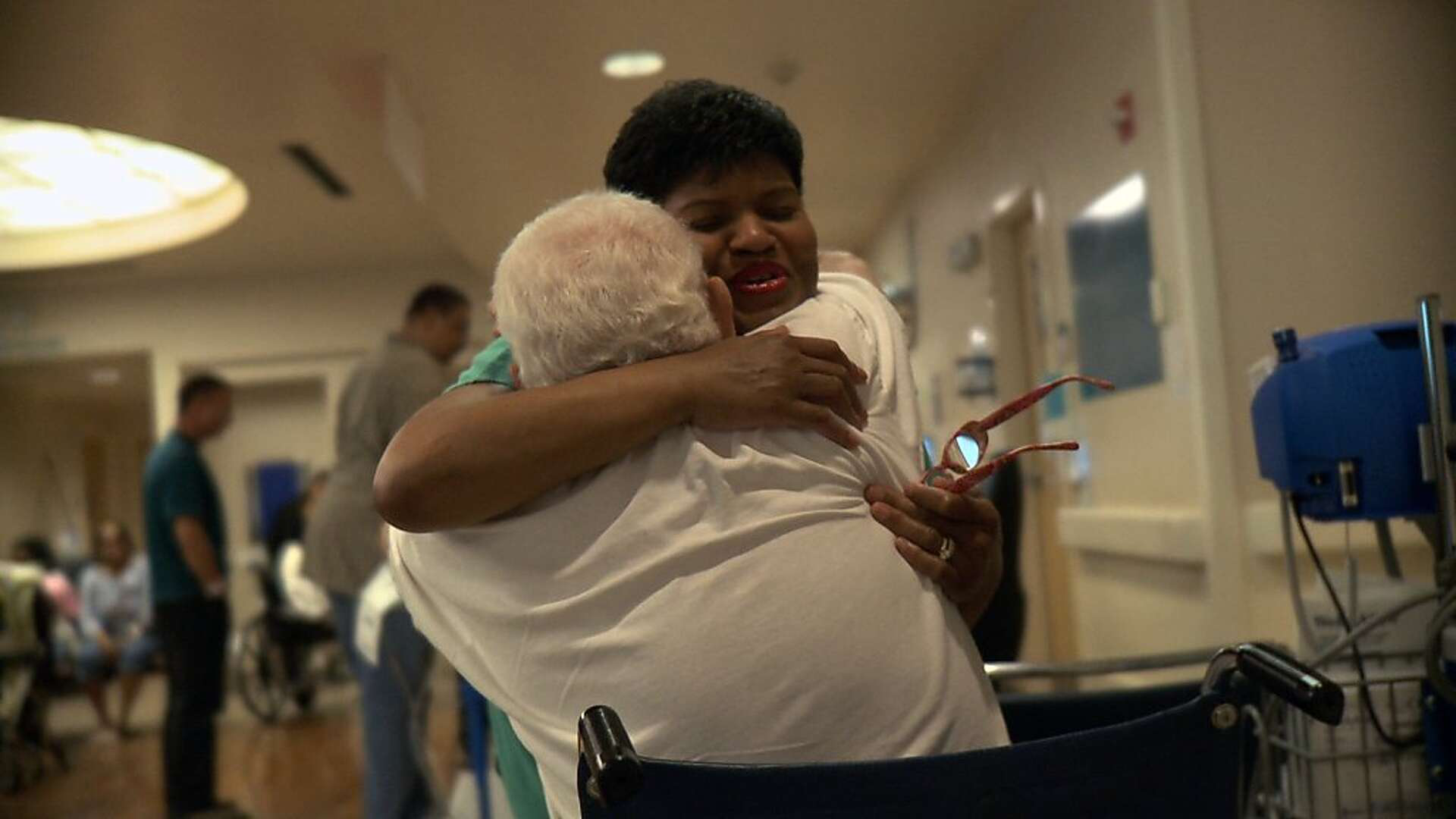
Furthermore, students are asked to compare the ER episode with a third piece of media that is also centered in a hospital’s emergency room. Hospital, by renowned documentarian Frederick Wiseman, presents a completely different view. Shot in 1970 in New York, Hospital [4 ] is a pure example of the observational mode. Wiseman leaves the camera rolling while capturing footage that resembles what a “day in a life” will be and takes the fly-on-the-wall approach.

The media viewing/analysis process prepares the students for the development and pre-production of their own shorts. During this process, students reflect and discuss various themes related to the state of healthcare around college campuses and their communities. They select an issue and find a story that resonates with the group. This is when the research process begins. They might start with an open theme such as traditional vs alternative medicine and then through research, field trips, and preliminary interviews, students narrow it down from an open theme to a local story. This is what the filmmakers behind the short This is Not Medicine! did. Caitlin Olive and Angel Díaz interviewed a series of alternative medicine providers based in South Texas in order to understand why many people are moving away from traditional medicine in order to find cure through different methods.

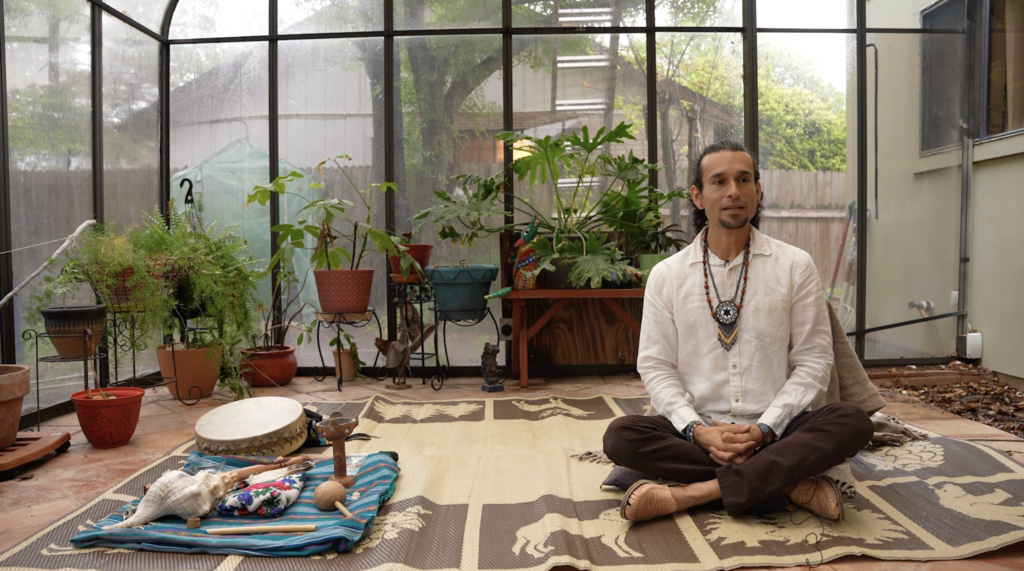
As first-time director Olive comments on the experience, “Interviewing individuals who worked in the holistic field made me want to prove to the medical community that these treatments do work and can be easier on the body than many modern medications. It pushed me to specialize in geropsychology and confirmed that I want to conduct clinical research for neurocognitive disorders. My research would focus on holistic medications and treatments for these disorders.” Olive graduated from UT San Antonio with a B.A. in Psychology and a minor in Film Studies. Currently, Olive works as a medical scribe for primary care physicians, and this documentary helped her get that job. This is Not Medicine! was her first documentary, which opened up the doors to a new field—filmmaking—she didn’t consider as a career before taking the class. The film received a Special Jury Award at the Josiah Media Festival, was an official selection at the 44th CineFestival in San Antonio, and has been showcased in several university events, including the UTSA’s Public Health Week in April 2024.
During the production of their shorts, students not only practice their filmmaking skills but also discover insights about their subjects and places. For the short Street to Recovery, a group of student filmmakers visited Corazón, a shelter for unhoused individuals based in downtown San Antonio. They interviewed the shelter’s director, who explained Corazón’s mission and the importance of having a support system for individuals who are in a transitional situation and can’t navigate life’s struggles on their own. Through on-camera interviews with some residents, students captured first-hand stories that shed a light on the complexity of their life’s circumstances and the commitment for betterment of our society as a whole.
Towards the end of the film, Corazón’s former resident and volunteer Jesus “Chewie” Martinez becomes emotional on camera, as he talks about his recovery process from a time when he was using drugs and felt he had no way out. His testimony breaks everyone’s heart, including the filmmakers’, who stood up and hugged him. Leaving this moment in the film was a significant decision because it allows the audience to see the impact the documentary process has on the filmmakers, thus reinforcing the idea that a powerful story will have ripple effects starting from those who are capturing it and expanding to their audiences. Courtney Mendez, producer of the film, talks about her experience making this film: “The Film & Medicine course impacted me on a personal level because it allowed me to understand and care more about the San Antonio community, specifically the unhoused community. Throughout the documentary process, my heart grew bigger because, after hearing the unhoused people’s stories, I gained a new perspective on life.” Mendez graduated from UT San Antonio with a B.A. in Marketing with minors in Film Studies and English Literature.
After three semesters of teaching this course and overseeing the production of 15 short documentaries, I’ve observed the students’ creative process as they start from a place of discovery and eagerness to learn, to a state of creation with powerful stories to tell. Would their voices and their films make a difference? It might be too early to tell, but they have been touching the lives of their subjects, classmates, faculty, audience members, and most importantly their own lives. And, that’s a start.
“The film and medicine course was the turning point for my entire college career,” said Olive, co-director of This is Not Medicine! “I had no idea I’d have to create a documentary and was thrown into the deep end. But it was incredible! It completely changed my life for the better.”
Image Credits:
- Still from Street to Recovery (2024) Dir.: Maria Flores, Prod.: Courtney Mendez & Maria Flores (author’s screen grab)
- Still from TV show ER. NBC (1994-2009) (author’s screen grab)
- Still from TV show The Pit. HBO Max (2025) (author’s screen grab)
- Still from The Waiting Room (2012) International Film Circuit, Inc. Dir. Peter Nicks (author’s screen grab)
- Still from documentary Hospital (1970) Zipporah Films. Dir. Frederick Wiseman (author’s screen grab)
- Still from This is Not Medicine! (2023) Dir./Prod.: Caitlin Olive and Angel Díaz (author’s screen grab)
- Still from This is Not Medicine! (2023) Dir./Prod.: Caitlin Olive and Angel Díaz (author’s screen grab)
- Still from Street to Recovery (2024) Dir.: Maria Flores, Prod.: Courtney Mendez & Maria Flores (author’s screen grab)
- Still from Street to Recovery (2024) Dir.: Maria Flores, Prod.: Courtney Mendez & Maria Flores (author’s screen grab)
- Nichols, Bill. Introduction to Documentary, Second Edition. 2nd ed., Indiana University Press, 2010. [↩]
- Crichton, Michael, et al. “A Shift in the Night.” ER, season 2, episode 18, NBC, 4 Apr. 1996. [↩]
- Nicks, Peter, director. The Waiting Room. ITVS, 2012. [↩]
- Wiseman, Frederick, director. Hospital. NET, 1970. [↩]

